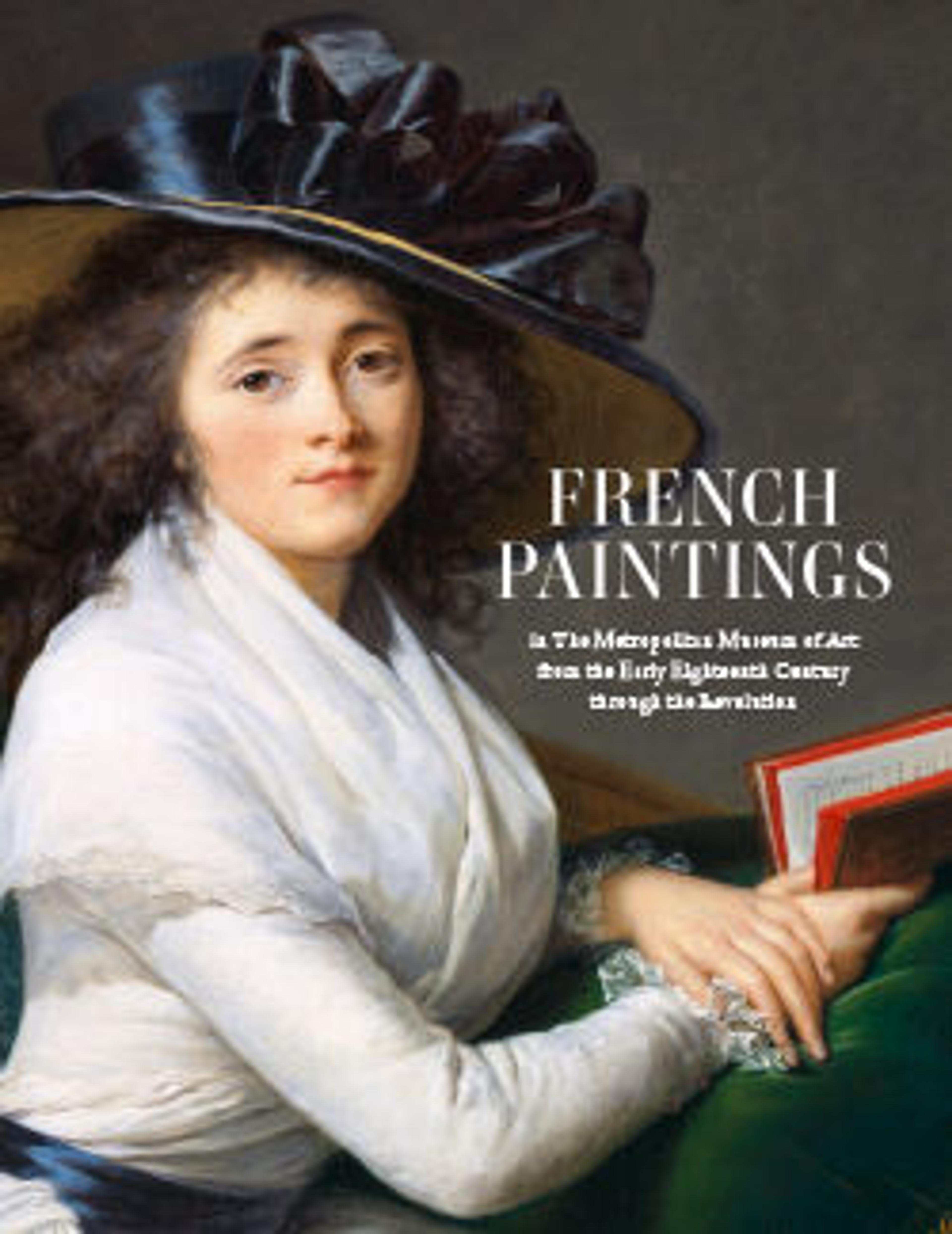The Bathing Pool
Based on a bet with Queen Marie Antoinette, King Louis XVI’s brother, the comte d’Artois, had a pleasure pavilion built on the outskirts of Paris in a mere sixty-four days through the labor of more than eight hundred craftsmen. Robert’s six paintings of Italian landscapes were installed in an elaborate bathing room, prompting their overarching theme of water. Having spent eleven years in Italy, where he befriended Jean Honoré Fragonard and other French artists abroad, Robert knew ancient architecture and sculpture deeply. In this series, however, instead of antiquarian exactitude, he combined sources freely.
Artwork Details
- Title: The Bathing Pool
- Artist: Hubert Robert (French, Paris 1733–1808 Paris)
- Date: 1777–79
- Medium: Oil on canvas
- Dimensions: 68 3/4 x 48 3/4 in. (174.6 x 123.8 cm)
- Classification: Paintings
- Credit Line: Gift of J. Pierpont Morgan, 1917
- Object Number: 17.190.29
- Curatorial Department: European Paintings
More Artwork
Research Resources
The Met provides unparalleled resources for research and welcomes an international community of students and scholars. The Met's Open Access API is where creators and researchers can connect to the The Met collection. Open Access data and public domain images are available for unrestricted commercial and noncommercial use without permission or fee.
To request images under copyright and other restrictions, please use this Image Request form.
Feedback
We continue to research and examine historical and cultural context for objects in The Met collection. If you have comments or questions about this object record, please complete and submit this form. The Museum looks forward to receiving your comments.
